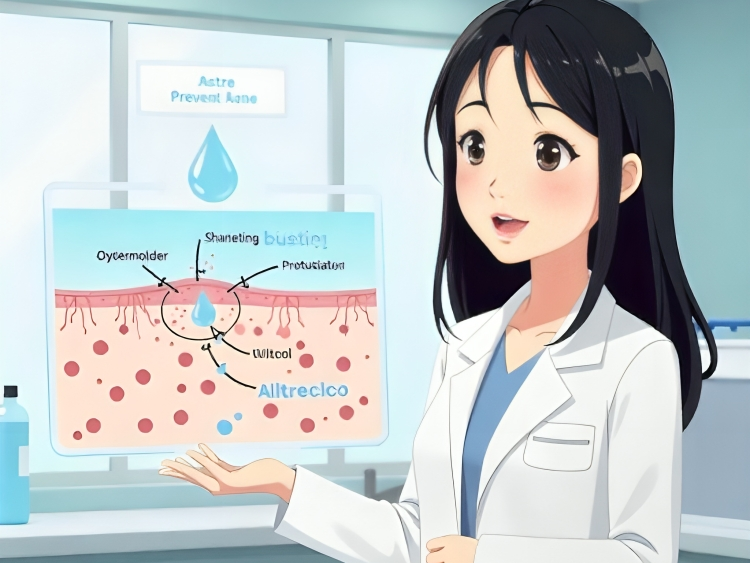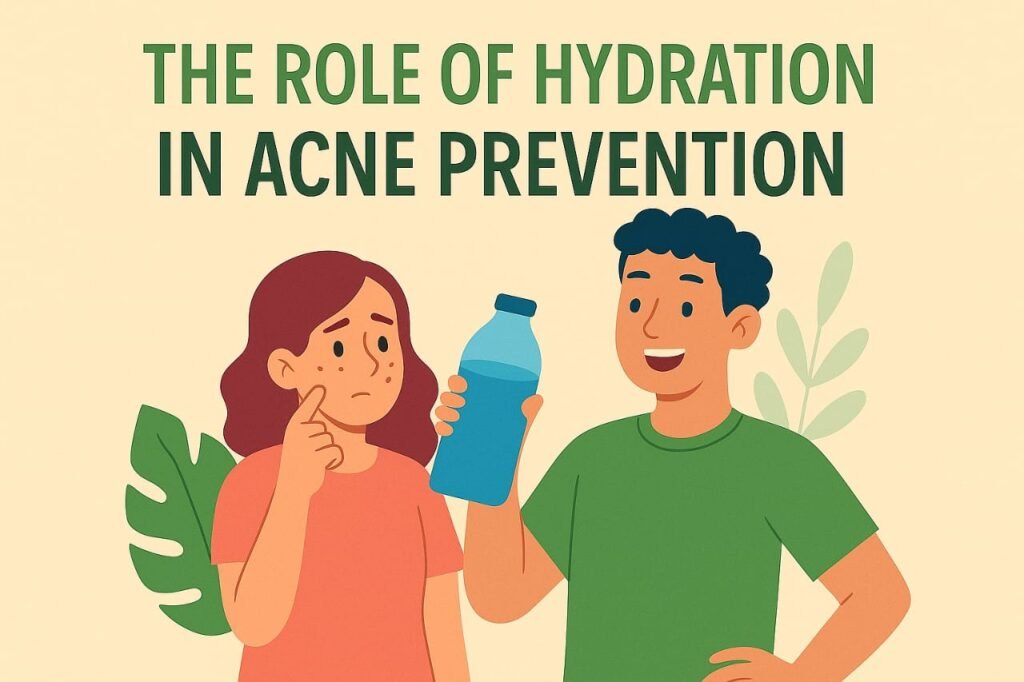I still remember my cousin Sara’s constant struggle with acne during her final year at university. Despite trying dozens of products and home remedies, the breakouts just wouldn’t stop. She started to lose confidence, skipping social events and hiding behind filters online. That’s when a simple conversation with a dermatologist changed everything. One piece of advice stood out“Drink more water. Your skin is thirsty too.”
At first, it sounded too easy to be true. But what happened over the next few weeks made both of us rethink how we look at skincare. This blog will walk you through what we learned and why understanding the role of hydration in acne prevention can be a real game changer.
Why Acne Happens in the First Place
Before diving into hydration, let’s quickly understand what causes acne. It’s usually a combination of excess oil production, clogged pores, inflammation, and sometimes bacteria. Factors like stress, diet, hormones, and yes skincare routines also play a role.
What we often miss is how our internal hydration levels can impact all of the above.
The Skin–Water Connection
Our skin is the largest organ of the body and it’s made up of about 64 percent water. When we’re dehydrated, the skin tries to compensate by producing more oil. That extra oil can clog pores and trigger breakouts. On top of that, dehydration slows down the body’s ability to flush out toxins which can build up and reflect on our face.
For Sara, just replacing sugary sodas and caffeine with plain water (along with a balanced routine) brought visible improvements. Her skin not only became clearer but also more radiant and smooth. She even stopped relying on heavy concealers.

Signs You’re Not Hydrated Enough (And Your Skin Is Screaming For Help)
- Your skin feels tight and dry but still breaks out
- You notice flaky patches alongside oily zones
- Pimples are healing slower than usual
- There’s a dull, uneven texture on your face
These are silent signals that your skin needs more water from the inside out.
How Much Water is “Enough”?
The general rule is around 8 glasses (2 liters) a day, but it varies depending on your activity level, climate, and body size. What matters most is consistency. Keep a reusable bottle with you and sip through the day. Try infusing it with lemon, cucumber, or mint to make it more enjoyable.
Bonus Tips to Boost Skin Hydration
- Eat water rich foods like watermelon, cucumber, and oranges
- Avoid alcohol and too much caffeine
- Use a gentle hydrating moisturizer, especially at night
- Avoid washing your face too frequently with harsh cleansers
Combining internal and external hydration is the real winning formula.
Real Skin Wins With Real Habits
After three months of drinking enough water, Sara’s skin had transformed. The stubborn breakouts were gone, and even her dark spots started fading. More importantly, she felt confident again something no skincare product had ever given her.
So if you’re tired of chasing miracle cures, take a deep breath and reach for a glass of water. It might not feel revolutionary at first, but over time, it could be the most natural and effective thing you’ve ever done for your skin.
Final Thoughts
Understanding the role of hydration in acne prevention goes beyond just drinking water. It’s about respecting your body’s basic needs and building habits that support long term skin health. No filter, no stress just a glass of water and a little patience.
Visit more blogs for your daily life problems here


Pingback: Top 10 ways to Remove Acne Scars Naturally in a Week - foncentra.com